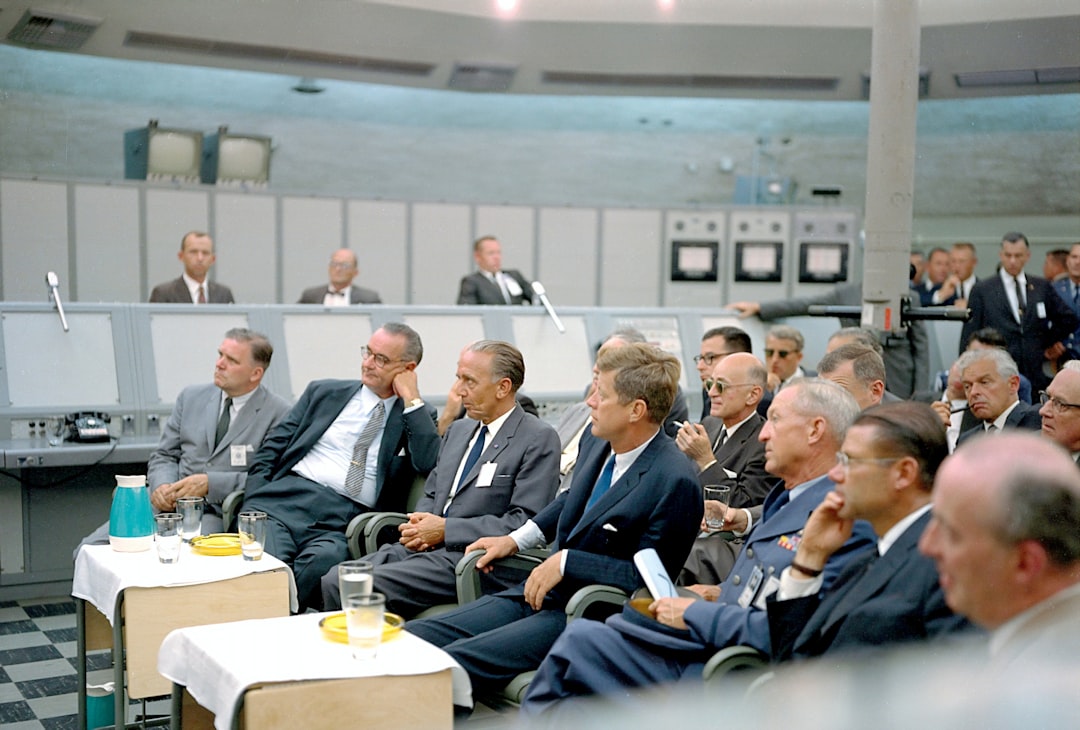What is it about?
Ribonucleotide reductase uses long range radical transfer involving a series of tyrosine residues to catalyze nucleotide reduction. Here, site directed mutagenesis was used to install a tryptophan residue in place of the radical pathway residue Y356, and photochemically oxidize this residue by laser flash photolysis of a covalently linked rhenium phenanthroline chromophore. It was found that tryptophan is capable of nucleotide reduction and is oxidized by a "ET-PT" mechanism.
Featured Image
Why is it important?
This research described the mechanism of tryptophan oxidation within a biological environment. Tryptophan radicals are ubiquitous in biology including enzymes such as cytochrome P450 or DNA photolyase and protein based sensor cryptochromes. The mechanism described herein involves separation of the electron and proton transfer steps, which loosens structural constraints on managing tryptophan radicals relative to tyrosine radicals, which can require concerted proton-coupled electron transfer.
Read the Original
This page is a summary of: Photochemical Generation of a Tryptophan Radical within the Subunit Interface of Ribonucleotide Reductase, Biochemistry, June 2016, American Chemical Society (ACS),
DOI: 10.1021/acs.biochem.6b00292.
You can read the full text:
Contributors
The following have contributed to this page










